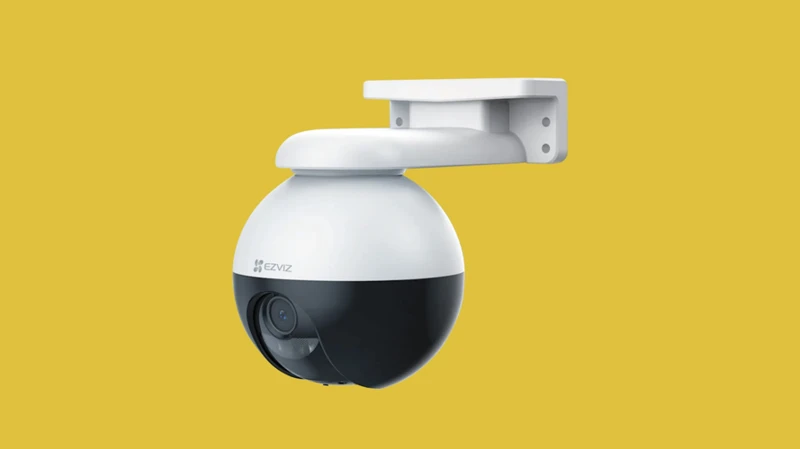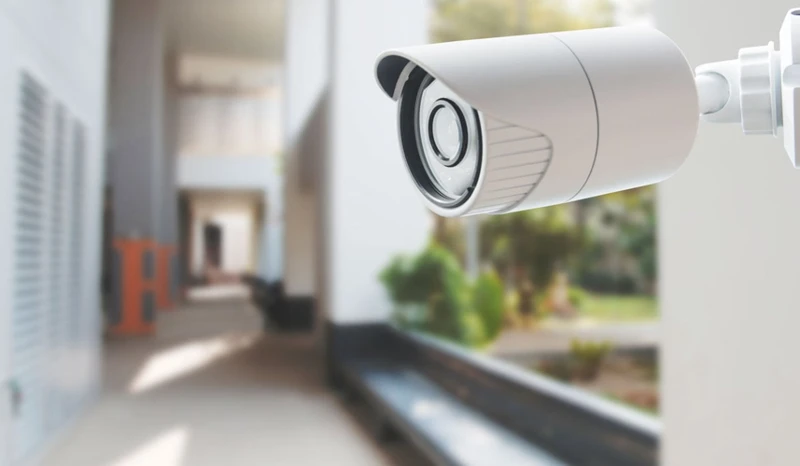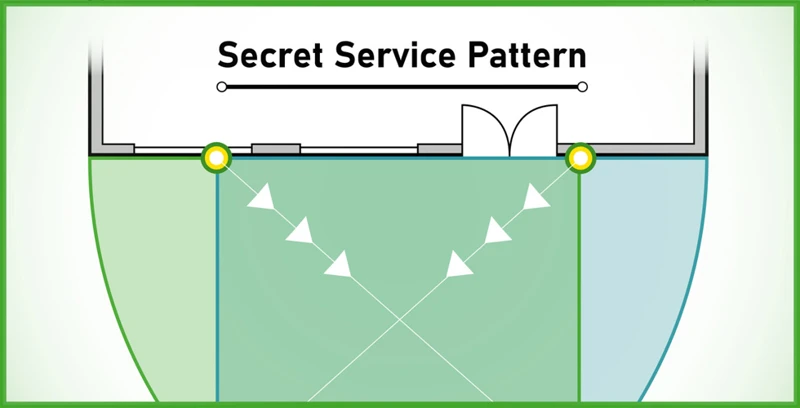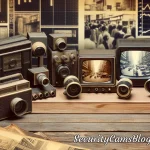In today’s world, security is a top priority for businesses and homeowners alike. One of the most effective ways to ensure the safety of your property is by installing a video surveillance system. In this article, we will discuss the key aspects of building a design video surveillance system, from determining your needs to maintaining your system.
Determining Your Needs

The first step in building a design video surveillance system is determining your specific needs. Consider the following factors:
Size of the Property
The size of your property will greatly impact the number and type of cameras you need. A small business or home may only require a few cameras, while a large commercial or industrial property may require dozens.
Type of Property
Different types of properties have different security needs. For example, a retail store may require cameras at the entrance and exit, as well as in the store itself to monitor for theft. A construction site, on the other hand, may require cameras to monitor equipment and materials.
Lighting Conditions
Lighting conditions can affect the quality of your video surveillance footage. Consider the natural and artificial lighting in the areas you want to monitor and choose cameras that are suitable for those conditions.
Choosing the Right Cameras

Once you have determined your needs, it’s time to choose the right cameras for your video surveillance system. Here are some factors to consider:
Type of Camera
There are several types of cameras to choose from, including:
- Bullet cameras: small, bullet-shaped cameras that are typically mounted on a wall or ceiling
- Dome cameras: cameras that are housed in a dome-shaped enclosure, making it difficult for people to tell which way the camera is facing
- PTZ cameras: cameras that can pan, tilt, and zoom, allowing for greater coverage and flexibility
Resolution
The resolution of your cameras will impact the quality of your footage. Higher resolution cameras will provide clearer footage, but they may also be more expensive.
Field of View
The field of view of your cameras will determine how much area they can cover. Wide-angle cameras can cover a larger area, but they may also have a lower resolution.
Designing the System

Once you have chosen your cameras, it’s time to design your video surveillance system. Here are some factors to consider:
Placement of Cameras
The placement of your cameras is crucial to ensuring effective surveillance. Consider the following when placing your cameras:
- Cover high-traffic areas: place cameras in areas where people are likely to pass through, such as entrances and exits
- Cover blind spots: make sure to place cameras in areas that are not easily visible, such as corners and alcoves
- Avoid obstructions: make sure that nothing will obstruct the view of your cameras, such as plants or furniture
Wiring
The wiring of your video surveillance system is also important. Consider the following when wiring your system:
- Use high-quality cables: high-quality cables will ensure that your footage is transmitted clearly and without interference
- Run cables through walls or ceilings: running cables through walls or ceilings will help to keep them hidden and protected
- Use power over Ethernet (PoE) cameras: PoE cameras allow you to transmit both power and data over a single Ethernet cable, simplifying the wiring process
Installing the System
Once you have designed your video surveillance system, it’s time to install it. Here are some tips for installing your system:
Mount Cameras Securely
Make sure to mount your cameras securely to prevent them from being tampered with or moved. Use mounting hardware that is appropriate for the type of camera and surface you are mounting it to.
Test the System
Once you have installed your system, test it to make sure that it is working properly. Check the footage to ensure that it is clear and that the cameras are covering the desired areas.
Maintaining the System
Maintaining your video surveillance system is important to ensure that it continues to function properly. Here are some tips for maintaining your system:
Clean the Cameras
Make sure to clean your cameras regularly to ensure that they provide clear footage. Use a soft, dry cloth to wipe away any dirt or debris.
Check the Cables
Make sure to check the cables regularly for any signs of damage or wear. Replace any damaged cables as soon as possible to prevent any interference with your footage.
Update the Software
Make sure to update the software for your video surveillance system regularly. Updates often include new features and security patches that can help to improve the performance and safety of your system.
Looking to enhance your building design with video surveillance? Learn more about video surveillance resolution, maintenance, importance of video storage in surveillance, wired video surveillance installation by professionals, and the role of AI in video surveillance for a comprehensive understanding of this essential security feature!
Conclusion
Building a design video surveillance system is an important step in ensuring the safety and security of your property. By determining your needs, choosing the right cameras, designing the system, installing it, and maintaining it, you can create a video surveillance system that will provide you with peace of mind. Remember to consider the size and type of your property, lighting conditions, the placement and wiring of your cameras, and regular maintenance to ensure that your system continues to function properly.







